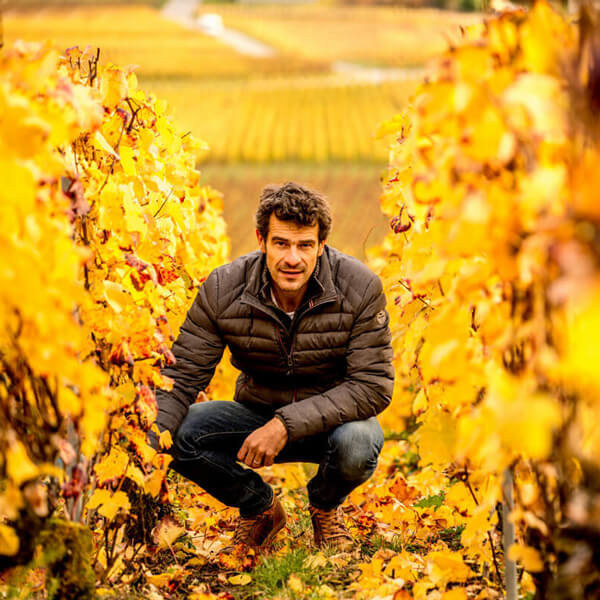
NICOLAS MAILLART Platine 1er Cru Extra Brut
Champagne France
12.5%
White
Pinot Noir, Pinot Meunier, Chardonnay.
57% Pinot Noir, 28% Chardonnay, 15% Pinot Meunier. Complex and rich but restrained too. Delicate mousse with an impressive lightness of touch, which comes partly from its being very dry, but it’s full flavoured in the mi...(read more)
L&S
2018 MONT MARTIN Extra Brut 1er Cru Villers Allerand Champagne Nicolas Maillart
Champagne France
12.5%
White
Pinot Meunier.
100% Pinot Meunier. Vines are farmed organically and biodynamically. Vinified in barrels and aged on lees for eight months before tirage. Zero dosage. Golden stone fruit and apples but a little more grainy, a little more...(read more)
Tamlyn Currin
LES LOGES Blanc de Noirs 1er Cru Villers Allerand Nicolas Maillart NV
Champagne France
12.5%
White
Pinot Noir.
Low-sulphite
A cuvée made entirely with no added S02. The vineyard is in Villers Allerand 1er Cru and it’s all Pinot Noir. Pale in colour and with a fruit sweetness on the attack, there’s a real ‘gourmandise’ to this, mouthwat...(read more)
L&S
2018 JOLIVETTES Blanc de Noirs Grand Cru Champagne Nicolas Maillart
Champagne France
12.5%
White
Pinot Noir.
The 0.6 ha vineyard site for this wine lies on Campanien chalk soils. Vines are a minimum of 30 years old and farmed organically and biodynamically as far as possible. Vinification takes places 100% in barrel and ageing...(read more)
L&S
2019 LES COURZY 1er Cru Villers Allerand Champagne Nicolas Maillart
Champagne France
12.5%
White
Petit Meslier.
This wine is the result of a project that Nicolas says started in 2008 and is just coming to fruition now. This vineyard of 0.5 hectares was planted in 2015 and so early volumes are tiny. Petit Meslier is an ancient vari...(read more)
L&S
2015 LES COUPÉS Blanc de Noirs 'Franc de Pied' 1er Cru Écueil Nicolas Maillart
Champagne France
12.5%
White
Pinot Noir.
A very special single vineyard in Écueil 1er Cru, emblematic of the domaine, Pinot Noir (100%) planted ungrafted. Nicolas’ father noticed that in this sandy plot the vines that were doing best were the ones which...(read more)
L&S
